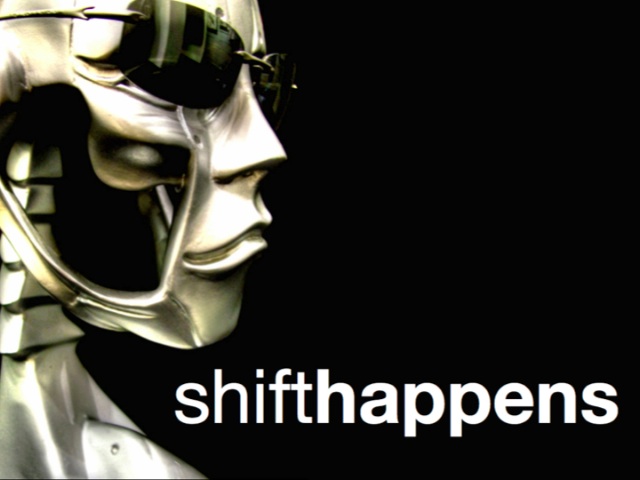
from World Climate Report
Has the climate recently shifted?
...It is not that the real climate system has more internal variability and thus is more sensitive to applied anthropogenic forcings—it simply is as it is, and we have observed how it has behaved during the past 100 years under increasing anthropogenic influences. But it is that the real climate has more internal variability than the climate models expect and thus the climate models may have the wrong sensitivity (how much the climate will warm when atmospheric carbon dioxide is doubled).
But do the models have the the climate sensitivity too low (as Swanson and Tsonis suggest) or too high? Or is the climate model climate sensitivity even coupled to the size of the model internal variability (as it is in the real world)?
There are hints that the latter two may be the case—that is, the model climate sensitivity is (artificially) disconnected from the model-produced internal variability, and that the model climate sensitivity it too large.
Support from the first comes from the results of Keihl (2007) (among other sources) which shows that despite the range of climate sensitivities found across climate models, the different models each simulate the temperature evolution of the 20th century correctly. In other words, the models have about the same amount of temperature variability despite having much different climate sensitivities—something which should be impossible.
So, how do the models pull it off? Well, it happens because each climate model is tuned such that the total amount of forcing that is applied is just the right amount to produce a match to 20th century temperatures. Therefore, since models are so constrained, it does not immediately follow that if the models underestimate the size of the real world internal climate variability that they necessarily will project greater warming in the future—they haven’t in the past, so why should they be expected to do so in the future?

The biggest tuning knob for getting models to match reality is the one labeled “forcing from aerosols.” This knob is especially useful because we really don’t know where exactly it should be set—thus different modeling groups can set it just about anywhere they would like to get their models to produce the right answer. The knob was installed in the first place because without it the models produce too much warming from greenhouse gas increases alone. So, add a knob that can be used to counteract some of that warming (taken together aerosols in the models produce a cooling), and you get the right answer without having to make any other major changes to the model!
Unfortunately (for the modelers), is that the results from Swanson and Tsonis do not support a large real-world role of aerosols in determining the shape of the global temperature history. Instead of aerosols being responsible for the cooling from the 1940s through the mid-1970s and then the warming (accompanying a reduced aerosol load) from the late 1970s to the present (as in the models), Swanson and Tsonis explain these episodes by internal climate processes—no aerosols needed. In earlier work (Tsonis et al., 2007), the authors concluded that:
The standard explanation for the post 1970s warming is that the radiative effect of greenhouse gases overcame shortwave reflection effects due to aerosols. However, [our result] suggests an alternative hypothesis, namely that the climate shifted after the 1970s event to a different state of a warmer climate, which may be superimposed on an anthropogenic warming trend.
Their new work further supports this conclusion as do plain and simple observations—after all, there is no way that declining influence of aerosols which was invoked to help explain the warming of the 1980s and 1990s can be used to explain the lack of warming thus far during the 21st century....
No comments:
Post a Comment